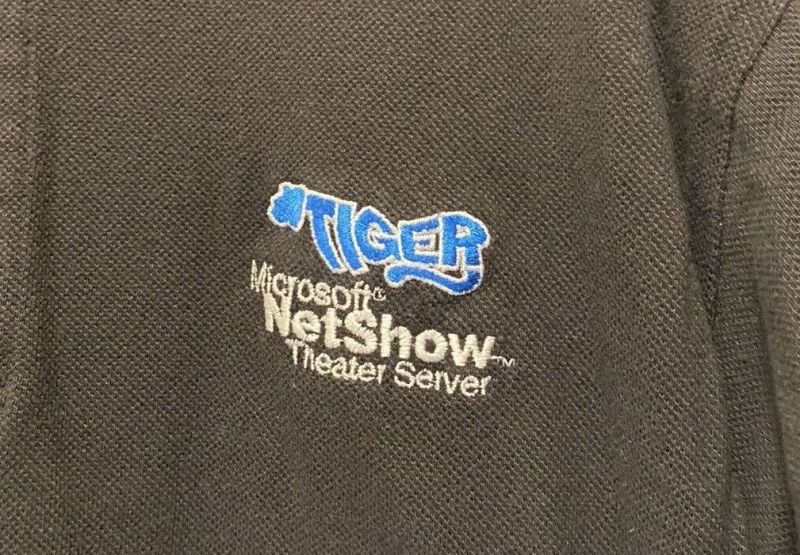Some History of Microsoft’s NetShow Theater Server, from 1994, Originally Code-Named Tiger

You have to be one of the OG’s in streaming to know what this is. Microsoft’s video server technologies, originally code-named Tiger, (because it sliced data into “stripes” for storage) led to its innovation in streaming media and was first demonstrated in 1994. The fundamental problem addressed by the Tiger design was that of efficiently balancing user load against limited disk, network and I/O bus resources.
Tiger accomplished this balancing by striping file data across all disks and all computers in the distributed system, and then allocating data streams in a schedule that rotates across the disks. In April 1996, Microsoft’s Research Advanced Technology Division presented a paper written by Bill Bolosky, Richard Draves, Robert Fitzgerald (who are still at Microsoft!) and others from their team at the Sixth International Workshop on Network and Operating System Support for Digital Audio and Video (NOSSDAV 96) in Japan.
At the time, Microsoft had built many Tiger configurations running video and audio streams at bitrates from 14.4Kbits/s to 8Mbits/s and using several output networks ranging from the internet through switched 10 and 100 Mbit/s ethernet to 100Mbit/s and OC-3 (155Mbit/s) ATM. Their paper described an ATM configuration set up for 6Mbit/s video streams with the 15 disk Tiger system rated for a capacity of 68 streams.
Microsoft was already working on video technology as early as 1993, when their video for Windows development kit was sent to developers that year.
